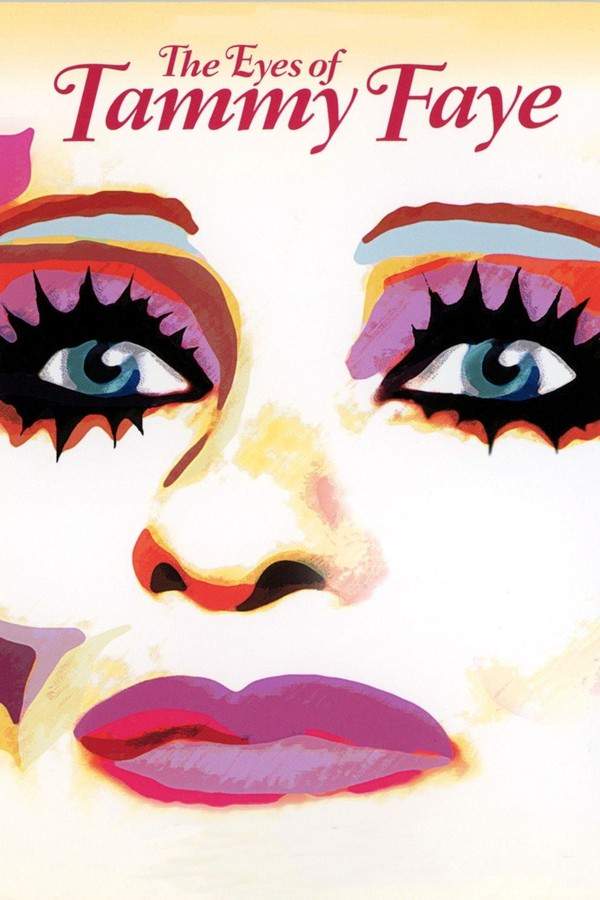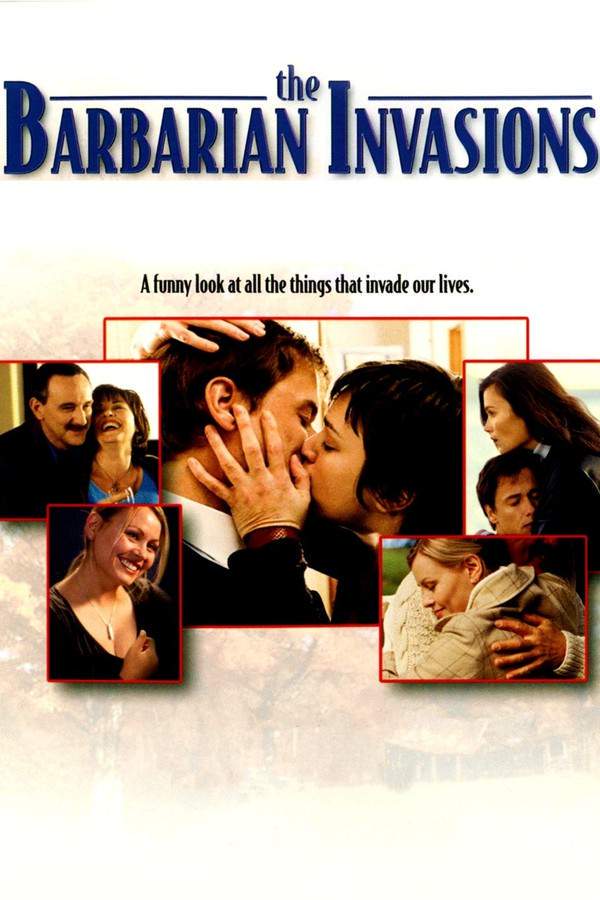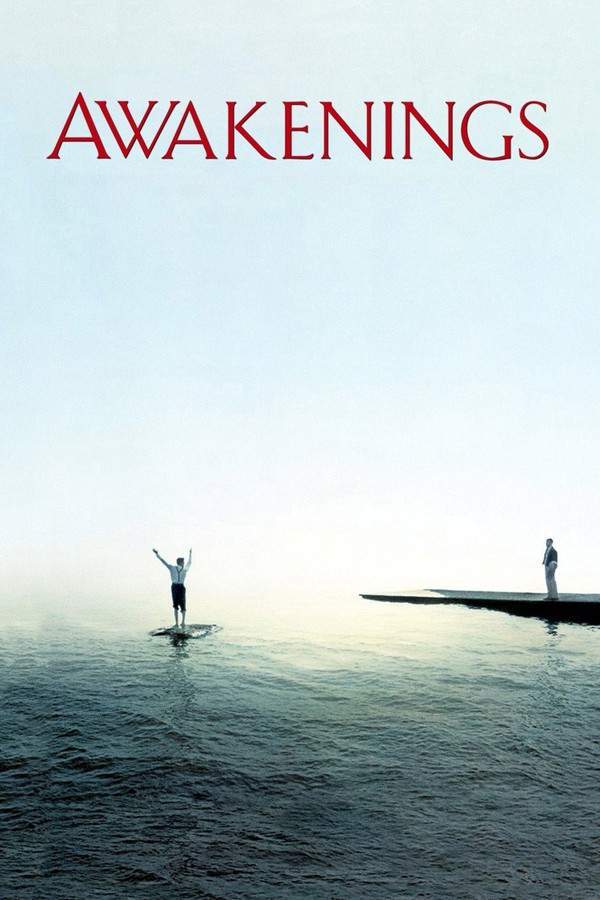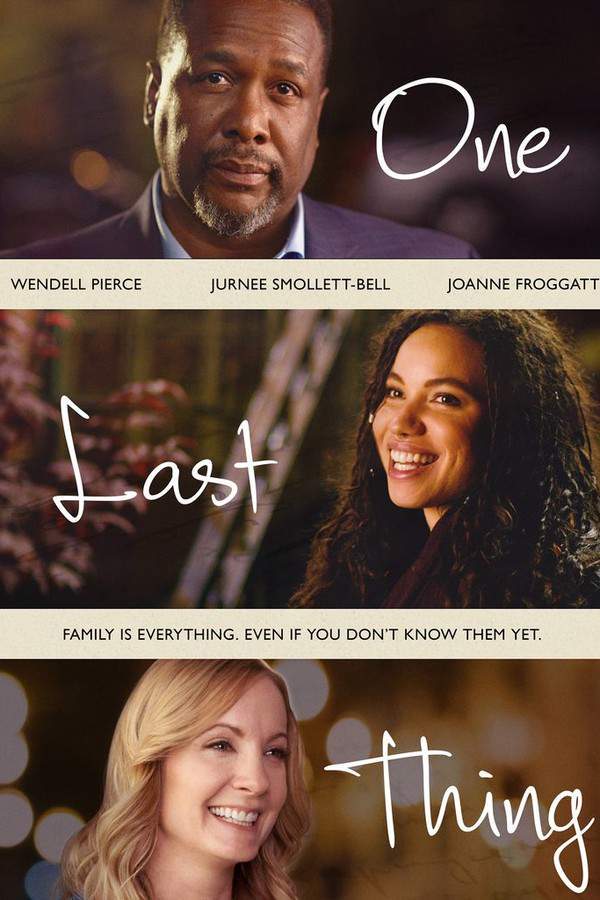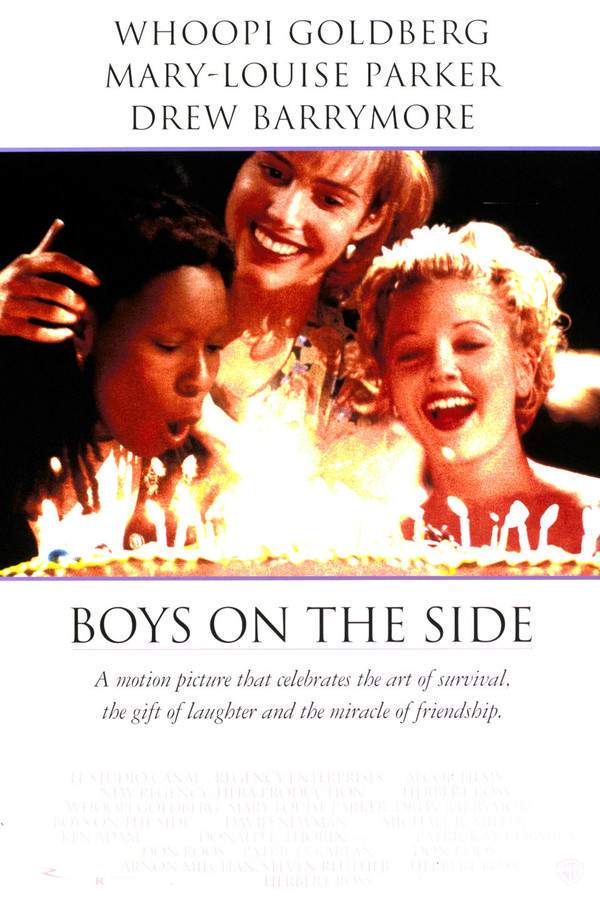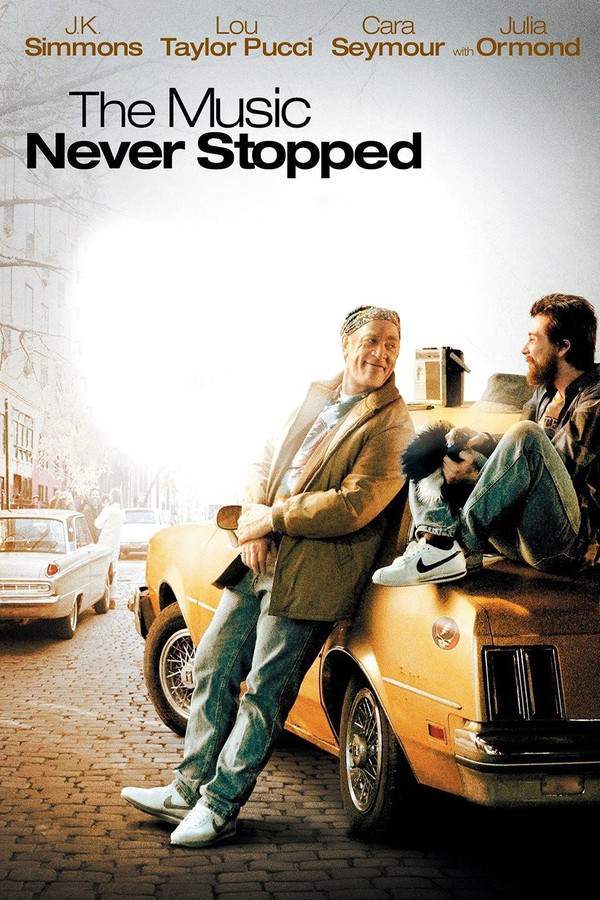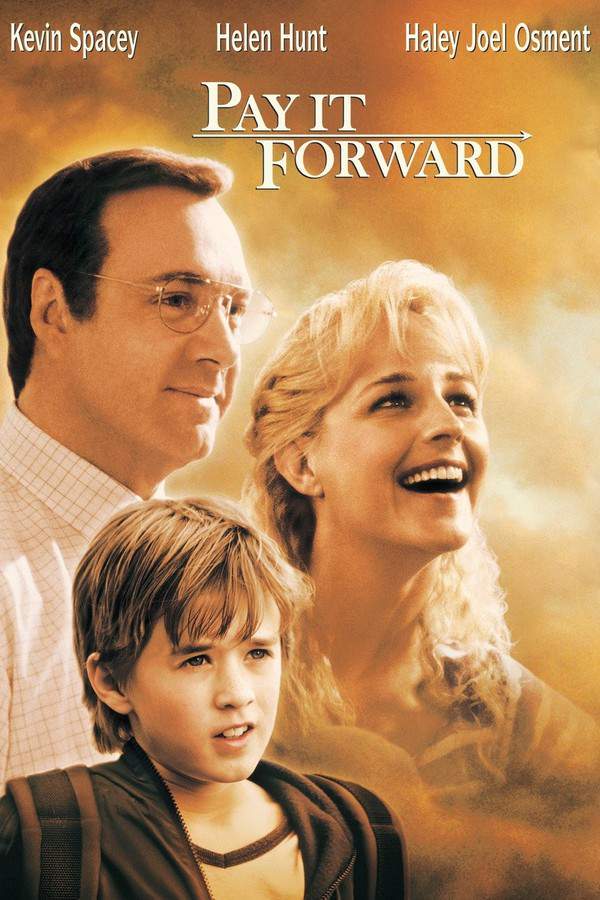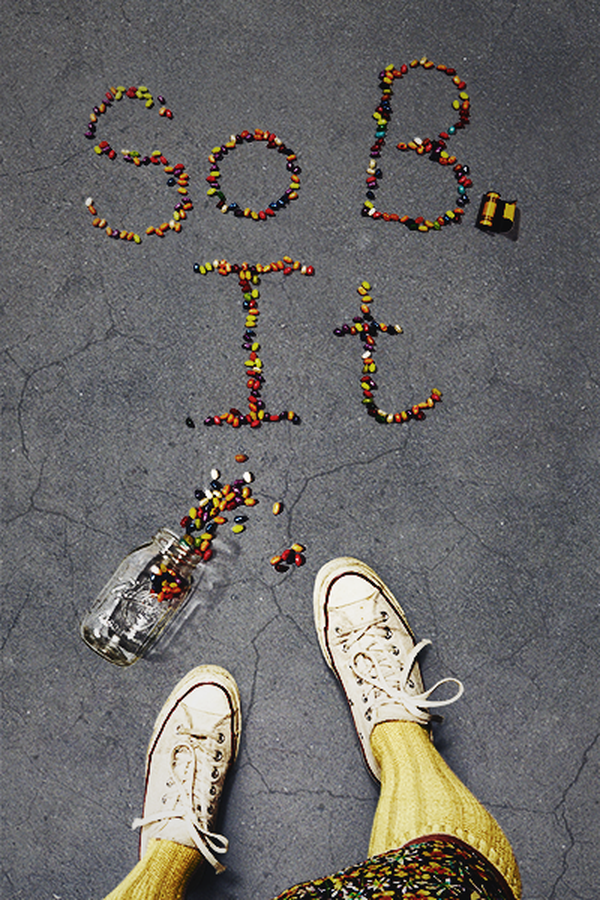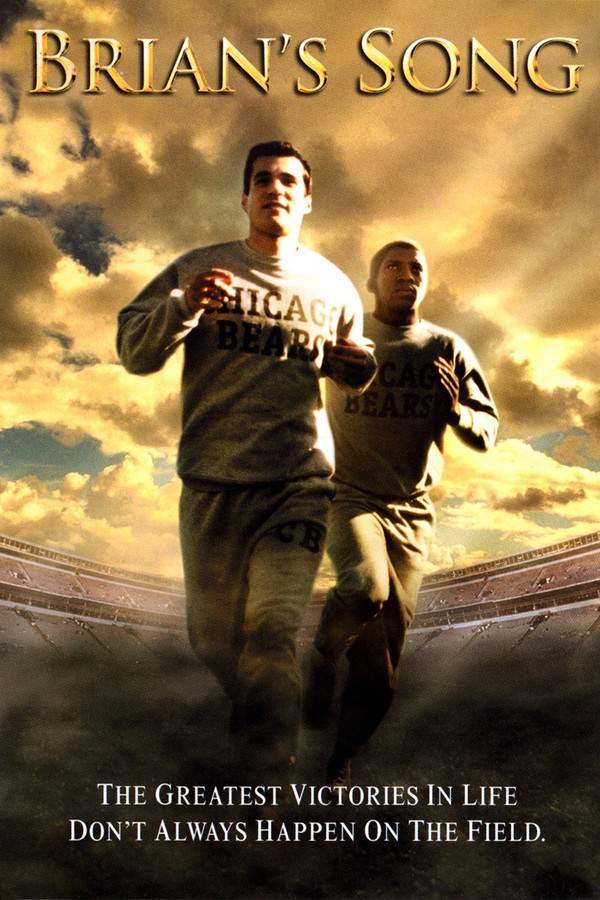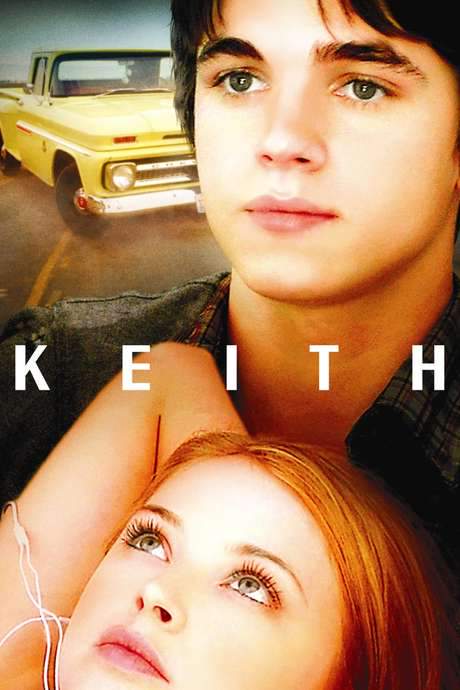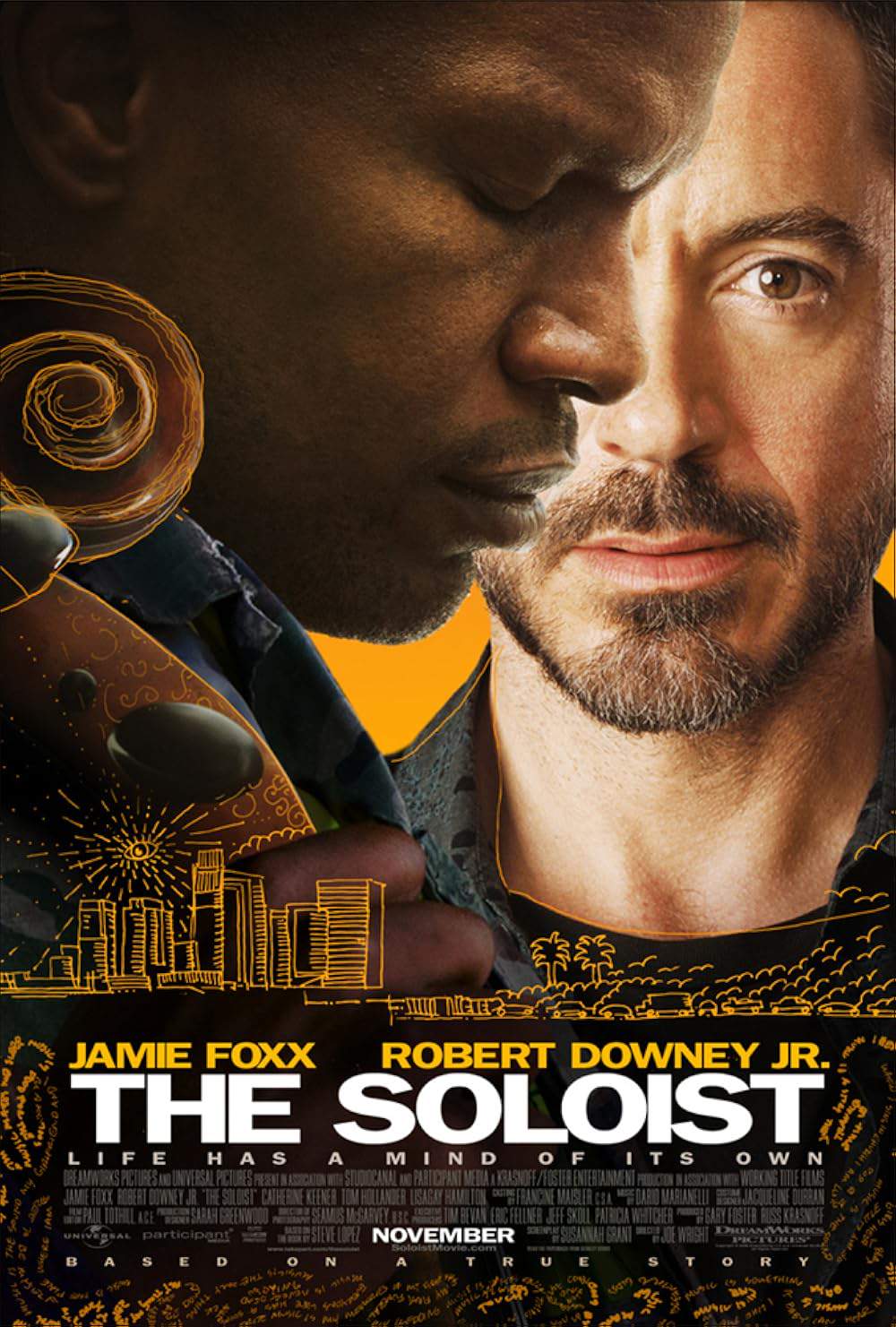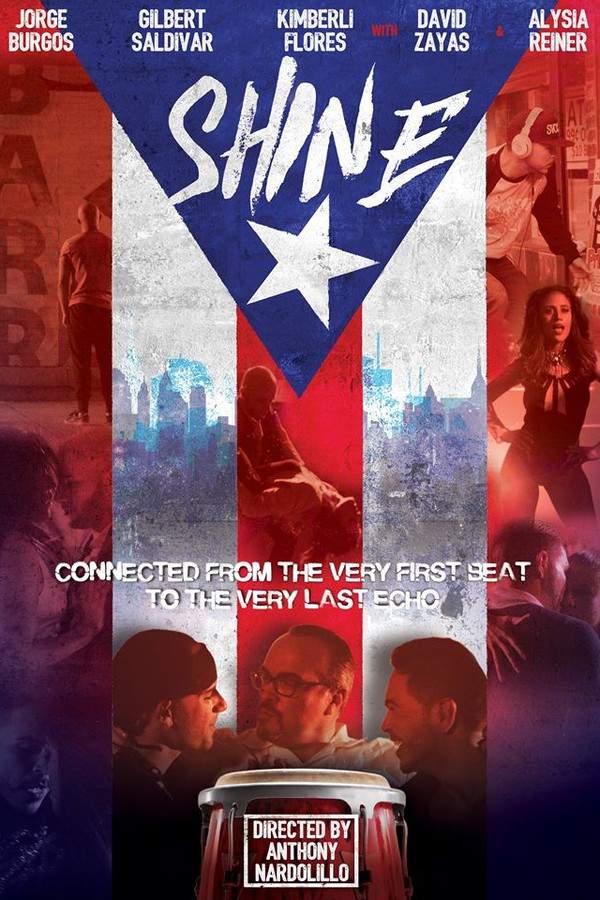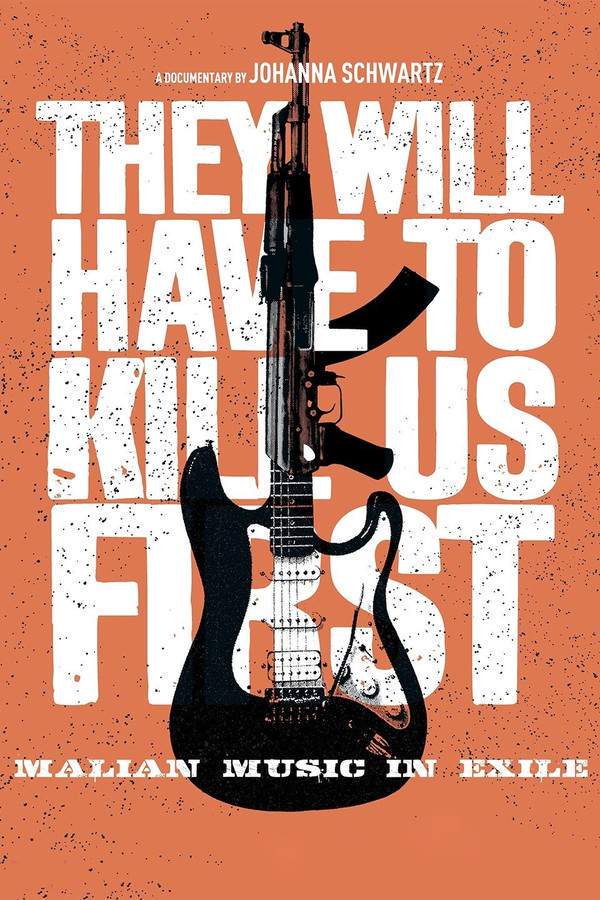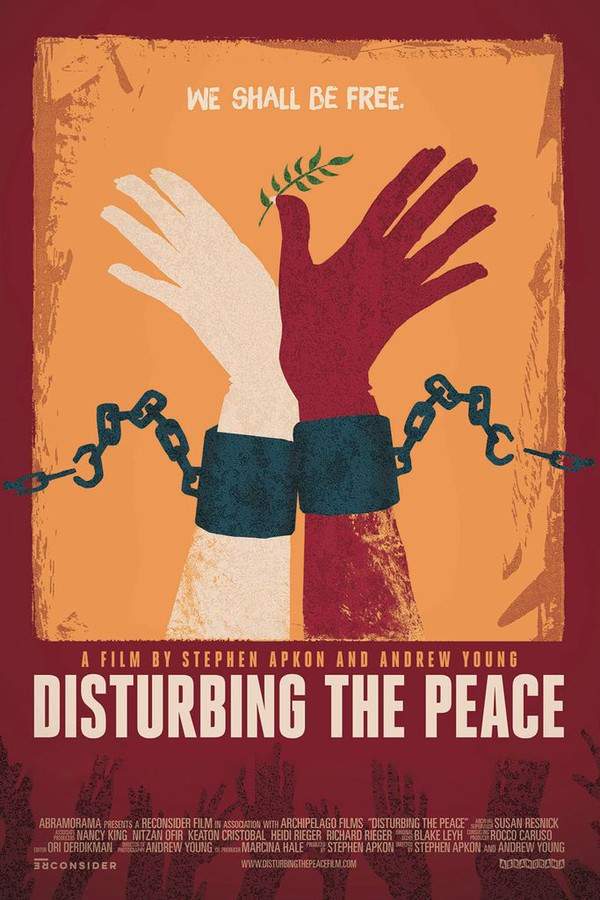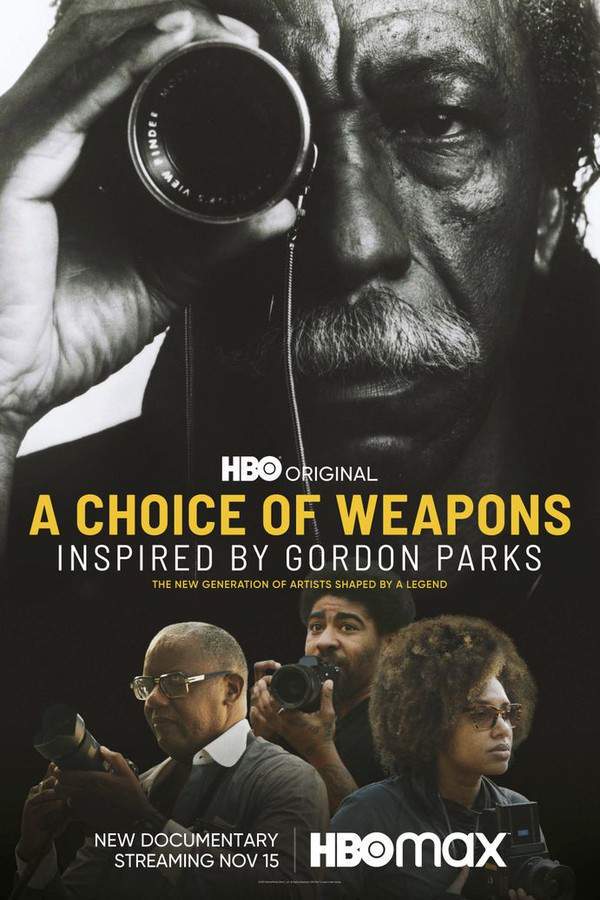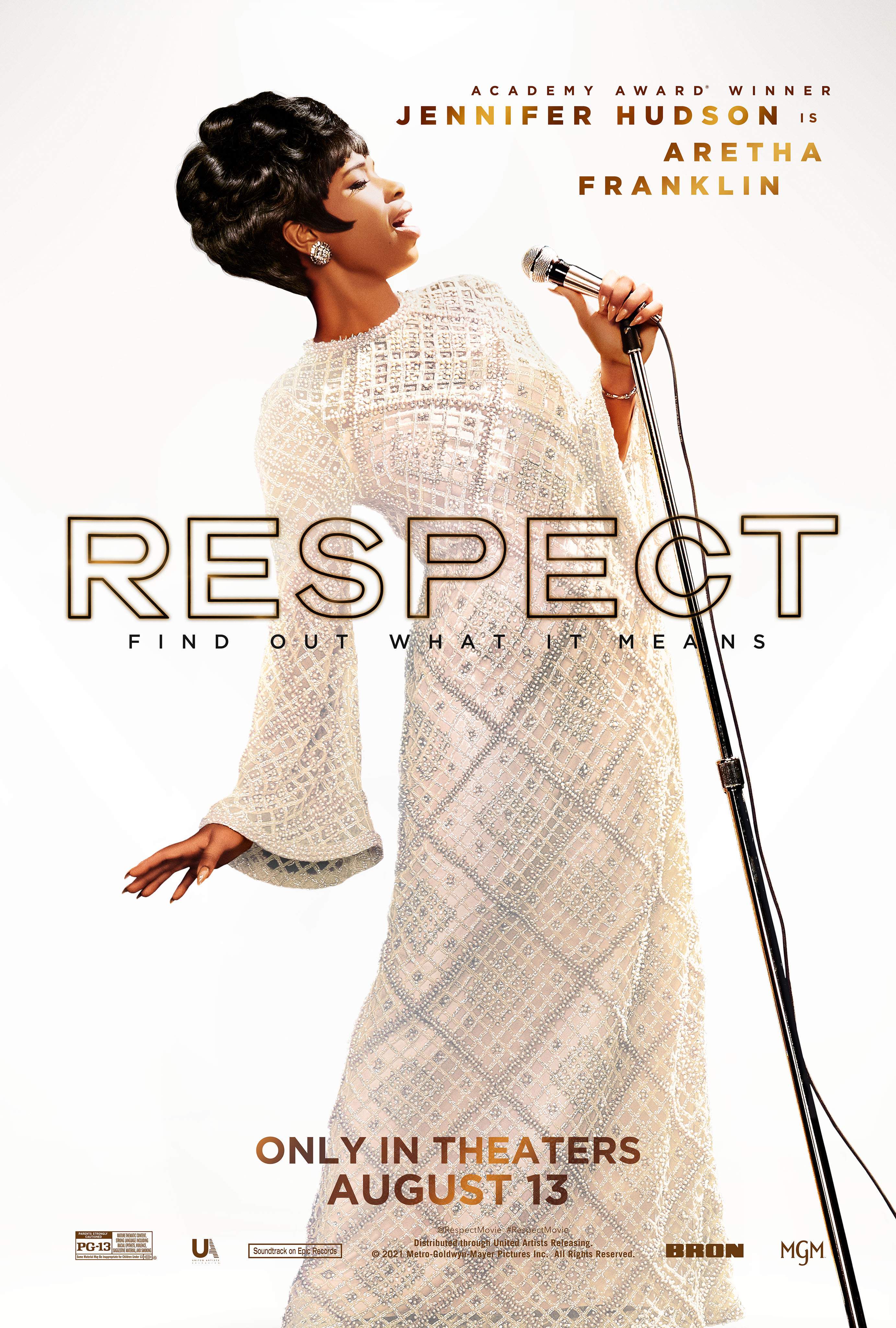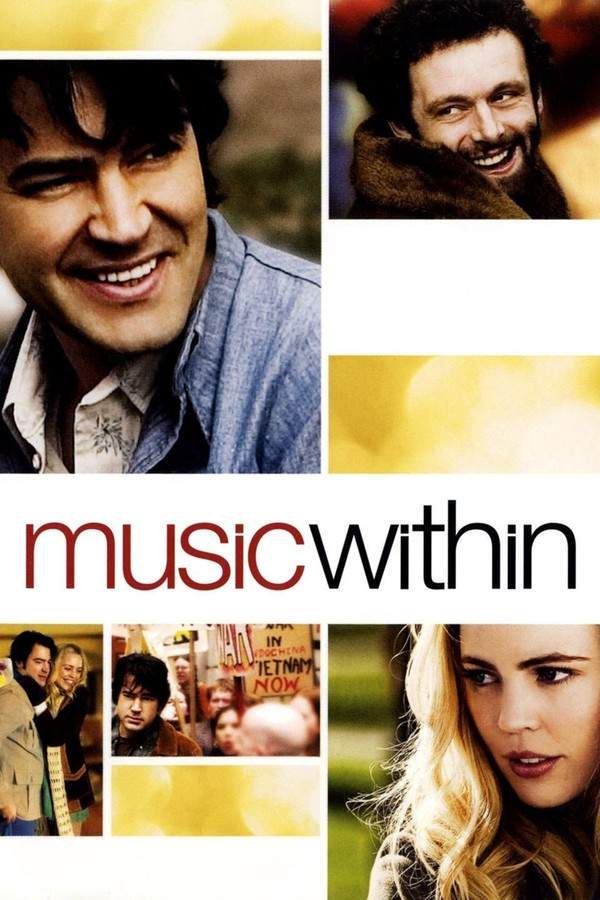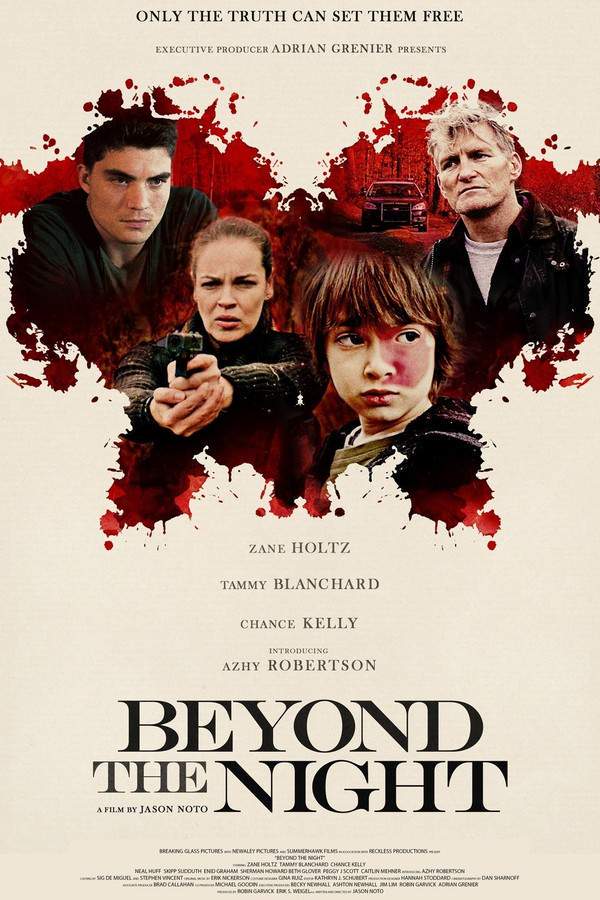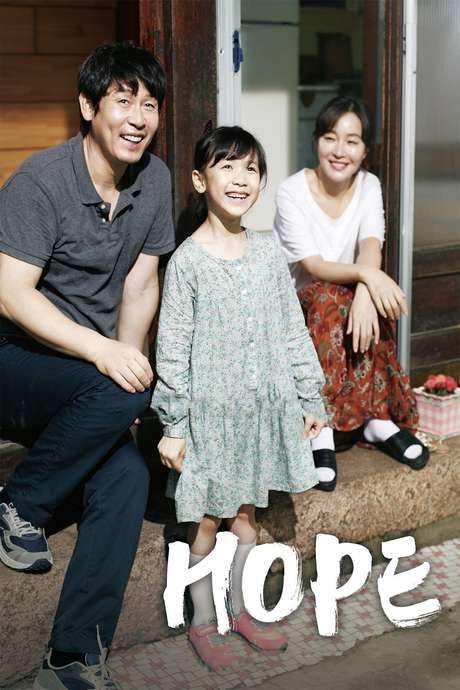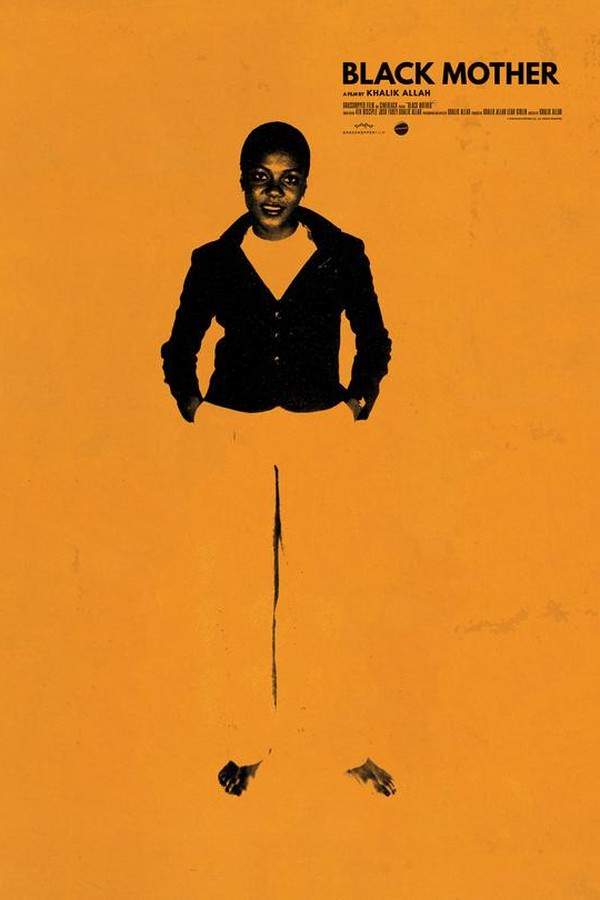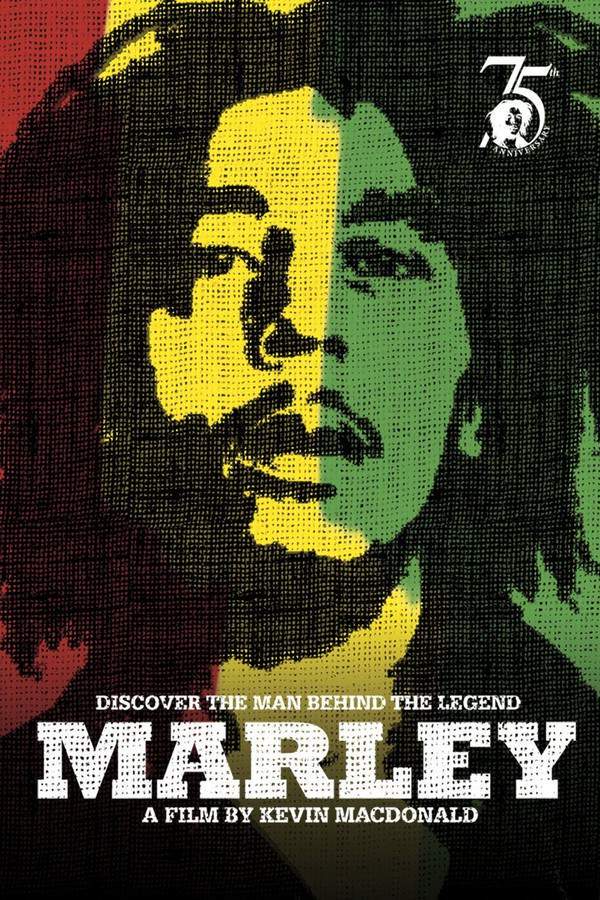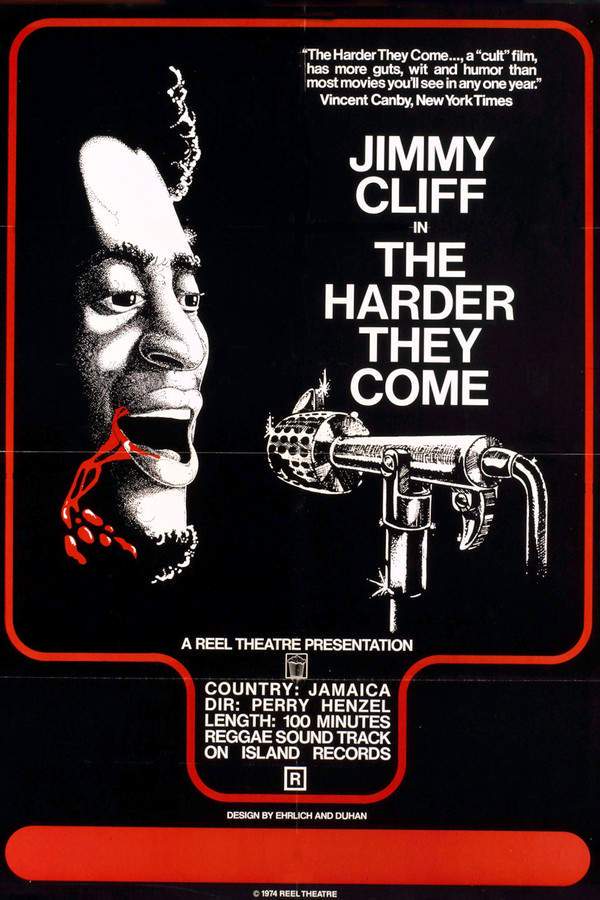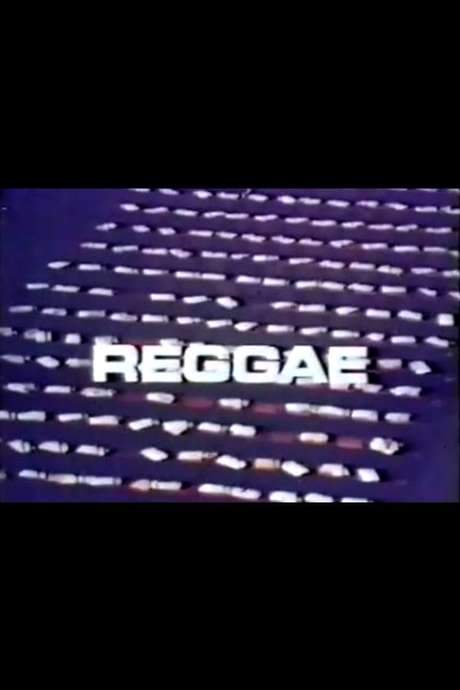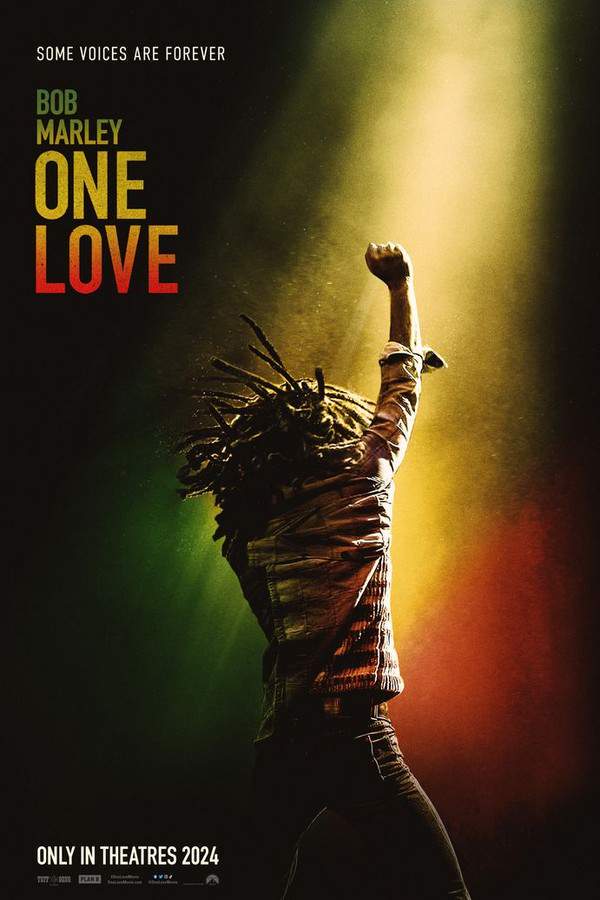
Bob Marley: One Love
This film celebrates the life and legacy of Bob Marley, exploring the challenges and triumphs that defined his journey to becoming a global icon. It portrays the experiences that shaped his profound message of love, unity, and social change, offering insight into the resilience and artistic expression that cemented his place in music history.
Warning: spoilers below!
Haven’t seen Bob Marley: One Love yet? This summary contains major spoilers. Bookmark the page, watch the movie, and come back for the full breakdown. If you're ready, scroll on and relive the story!
Bob Marley: One Love (2024) – Full Plot Summary & Ending Explained
Read the complete plot breakdown of Bob Marley: One Love (2024), including all key story events, major twists, and the ending explained in detail. Discover what really happened—and what it all means.
The movie begins with a young Robert Nesta Marley (Nolan Collignon) traveling with his mother on a bus, transitioning from one home to another. This sets the stage for the story of Bob Marley, who has risen from humble beginnings to become Jamaica’s biggest star. Growing up amid violence and turmoil in 1970s Jamaica, shortly after the nation gained independence from Great Britain, his journey is nothing short of extraordinary.
Fast forward to a pivotal moment in Marley’s career, where he, portrayed by Kingsley Ben-Adir ([kingsley-benadir]), finds himself at a press conference, announcing plans for a peace concert titled “Smile Jamaica.” Despite good intentions to unite the nation during a politically tense period, some view his actions as taking sides.
In Kingston, 1976, while playing soccer with his sons and friends, Bob is confronted by violence as thugs open fire in the streets. Fear grips him as he must protect his children, reminding them there’s nothing to worry about. It’s during this traumatic experience that he begins to write “Three Little Birds.” Later, at home, he reassures his wife, Rita (Lashana Lynch), as the constant danger weighs heavily on her heart.
Bob rehearses “I Shot The Sheriff” with his band, The Wailers, but tragedy strikes when Rita spots gunmen approaching their home. As chaos ensues, Bob is injured alongside his friend Don Taylor (Anthony Welsh), and Rita is also shot. Despite his injuries, Bob’s determination drives him to get them both to the hospital, where he waits by Rita’s side, reminiscing about their first days together as teenagers, played out through Quan-Dajai Henrique and Nia Ashi’s performances.
Undeterred by the near-fatal attack, Bob remains committed to his concert plans, even though those around him, including Rita, fear for his safety. On the night of the event, he performs but is haunted by visions of his assailant in the crowd. He confesses his injuries to the audience and steps offstage, needing a moment alone, but not before Rita tries to provide comfort.
Three months down the line, Bob finds himself in London, where he and friends face legal troubles due to cannabis possession. While incarcerated, he reflects on how Rita introduced him to the Rastafari movement, and is pained by memories of his father—who abandoned him—refusing to acknowledge Bob as his son.
Back in the music scene, Bob collaborates with producer Chris Blackwell (James Norton) on a new album, creating the iconic “Exodus” with support from publicist Howard Bloom (Michael Gandolfini). This album skyrockets to success, making a significant impact globally.
As his popularity burgeons, Bob grapples with personal issues, including his infidelities. Following a tussle of emotions after seeing Rita with another man at an event, a confrontation ensues where she exposes his betrayals, warning him of Don’s shady dealings, further complicating their already tumultuous relationship.
In search of answers about his health, Bob ends up visiting a doctor after noticing a dark spot on his toe from the soccer injury. The news of his melanoma diagnosis shatters him, especially when the medical advice suggests amputation to prevent the cancer’s spread, which Bob resolutely declines. A heartfelt discussion with Rita rekindles his spirit, prompting a homecoming to Jamaica.
Touched by a warm welcome in 1978, Bob revisits his old neighborhood, confronting his past, including a face-to-face encounter with the gunman who almost took his life. Choosing forgiveness, Bob demonstrates his commitment to peace. He envisions the creation of “Redemption Song” around a campfire with Rita and their children, affirming his readiness to perform again.
As Bob and The Wailers prepare to take the stage for a massive audience in Jamaica, he passionately performs “One Love.” The film concludes with the sobering reality of Bob Marley’s passing on May 11, 1981. Yet, it encapsulates his legacy, showcasing footage from the One Love Concert, where he united leaders of opposing political factions. This act of solidarity solidifies his impact and enduring influence, with Time Magazine heralding “Exodus” as one of the greatest albums in history.
Last Updated: October 24, 2024 at 08:56
Ending Explained – What Happens at the End of Bob Marley: One Love?
Still wondering what the ending of Bob Marley: One Love (2024) really means? Here’s a spoiler-heavy breakdown of the final scene, major twists, and the deeper themes that shape the film’s conclusion.
Bob Marley’s story in One Love culminates with the historic 1978 One Love Peace Concert in Jamaica, a moment of hope amidst ongoing political violence. Although the event did bring some political leaders on stage to shake hands, symbolizing a desire for peace, it didn’t immediately end the violent conflicts—Jamaica remained turbulent, and the violence escalated afterward, leading to more deaths over the following years. Despite this, the concert became a powerful symbol of unity and Marley’s enduring message of peace, even if it couldn’t instantaneously resolve deep-rooted issues.
The film concludes with archival footage of the real concert and a note revealing Marley’s death in 1981, several years after his diagnosis with melanoma. In the years following the concert, Marley continued touring and producing music, including albums such as Kaya, Survival, and Uprising, but his illness worsened, forcing him to cancel parts of his European and American tours. His health deteriorated as the cancer spread, ultimately leading to his death at the age of 36.
Beyond his musical legacy, One Love explores Marley’s spiritual journey through recurring visions of himself as a child, often seen running from a burning field and encountering the figure of Haile Selassie I, a central figure in Rastafarian faith. These visions symbolize Marley’s inner struggles, his connection to his faith, and his purpose as a Rastafarian prophet. The final vision, where Selassie tells young Marley, “You are my son. It’s time to come home now,” signifies his renewed resolve to return to Jamaica and embrace his roots and faith—an act of spiritual reaffirmation that guides his personal decisions to come back.
The film shows Marley’s influence extending beyond music; after his death, his wife Rita Marley continued to nurture his legacy, managing their children and establishing the Tuff Gong record label. She turned their home into a museum and created the Rita Marley Foundation to aid poverty-stricken communities. Marley’s symbols, like the Lion of Judah ring, represent strength, royal lineage, and Rastafarian pride, reflecting his deep spiritual and cultural identity.
In capturing a critical, intense period of Marley’s life, One Love faithfully reproduces key events like his cancer diagnosis, the recording of Exodus, and the political tensions he sought to bridge through music. While some artistic liberties were taken—like shortening the extent of the Smile Jamaica concert and omitting details about band member departures—the film effectively portrays Marley’s spirit, his struggles, and his unyielding commitment to unity and love. His legacy as a musical and spiritual icon remains treasured worldwide, inspiring generations to seek peace through hope and resilience.
Last Updated: June 25, 2025 at 09:02
Explore Movie Threads
Discover curated groups of movies connected by mood, themes, and story style. Browse collections built around emotion, atmosphere, and narrative focus to easily find films that match what you feel like watching right now.
Bittersweet biopics of enduring legacy like Bob Marley: One Love
Profiles of iconic figures where triumph is shadowed by personal sacrifice.If you enjoyed the blend of personal struggle and lasting impact in Bob Marley: One Love, explore these movies about real-life icons. These films share a focus on legacy, a bittersweet tone, and a heavy emotional weight, portraying how individuals overcome adversity to leave a positive mark on the world.
Narrative Summary
These stories typically follow a chronological path through key life events, often culminating in the subject's death or the passing of their era. The central conflict involves overcoming significant obstacles—be it illness, prejudice, or political turmoil—with the resolution centered on how their work or message continues to inspire after they are gone.
Why These Movies?
Movies are grouped here for their shared focus on real figures, a narrative structure that moves from struggle to lasting influence, and a consistent emotional tone that is both heavy due to loss and hopeful due to the enduring nature of the subject's legacy.
Movies where art is a beacon in troubled times like Bob Marley: One Love
Stories where creative expression provides hope against a backdrop of conflict.For viewers who liked how Bob Marley: One Love used music to counter violence and inspire change, this collection highlights similar stories. These movies feature artists or creators whose work becomes a symbol of hope and resistance during times of political strife or personal hardship.
Narrative Summary
The narrative pattern involves a creator navigating a dangerous or oppressive environment. Their art becomes both a personal refuge and a public tool for communication and change, often putting them at risk. The story arc shows how their creative output gains power and meaning precisely because of the adversity it confronts.
Why These Movies?
These films are connected by their core theme: the transformative power of art during crisis. They share a specific mood mix of tension from the external conflict and uplift from the artistic expression, resulting in a resilient and ultimately hopeful vibe.
Unlock the Full Story of Bob Marley: One Love
Don't stop at just watching — explore Bob Marley: One Love in full detail. From the complete plot summary and scene-by-scene timeline to character breakdowns, thematic analysis, and a deep dive into the ending — every page helps you truly understand what Bob Marley: One Love is all about. Plus, discover what's next after the movie.
Bob Marley: One Love Timeline
Track the full timeline of Bob Marley: One Love with every major event arranged chronologically. Perfect for decoding non-linear storytelling, flashbacks, or parallel narratives with a clear scene-by-scene breakdown.

Characters, Settings & Themes in Bob Marley: One Love
Discover the characters, locations, and core themes that shape Bob Marley: One Love. Get insights into symbolic elements, setting significance, and deeper narrative meaning — ideal for thematic analysis and movie breakdowns.

Bob Marley: One Love Ending Explained
What really happened at the end of Bob Marley: One Love? This detailed ending explained page breaks down final scenes, hidden clues, and alternate interpretations with expert analysis and viewer theories.

Bob Marley: One Love Spoiler-Free Summary
Get a quick, spoiler-free overview of Bob Marley: One Love that covers the main plot points and key details without revealing any major twists or spoilers. Perfect for those who want to know what to expect before diving in.

More About Bob Marley: One Love
Visit What's After the Movie to explore more about Bob Marley: One Love: box office results, cast and crew info, production details, post-credit scenes, and external links — all in one place for movie fans and researchers.

Similar Movies to Bob Marley: One Love
Discover movies like Bob Marley: One Love that share similar genres, themes, and storytelling elements. Whether you’re drawn to the atmosphere, character arcs, or plot structure, these curated recommendations will help you explore more films you’ll love.
Explore More About Movie Bob Marley: One Love
Bob Marley: One Love (2024) Scene-by-Scene Movie Timeline
Bob Marley: One Love (2024) Movie Characters, Themes & Settings
Bob Marley: One Love (2024) Ending Explained & Theories
Bob Marley: One Love (2024) Spoiler-Free Summary & Key Flow
Movies Like Bob Marley: One Love – Similar Titles You’ll Enjoy
Black Mother (2019) Film Overview & Timeline
Marley (2012) Detailed Story Recap
The Harder They Come (1973) Movie Recap & Themes
ReMastered: Who Shot the Sheriff (2018) Spoiler-Packed Plot Recap
Everything: The Real Thing Story (2019) Plot Summary & Ending Explained
One Love (2003) Full Movie Breakdown
Heartland Reggae (1980) Film Overview & Timeline
Bob Marley: Uprising Live! (1980) Full Summary & Key Details
Bob Marley - Freedom Road (2007) Plot Summary & Ending Explained
A Reggae Session (1988) Story Summary & Characters
When Bob Marley Came to Britain (2020) Full Movie Breakdown
Beats of the Heart: Roots Rock Reggae (1977) Plot Summary & Ending Explained
Time Will Tell (1992) Detailed Story Recap
Reggae (1971) Detailed Story Recap
Reggae in a Babylon (1978) Full Movie Breakdown

